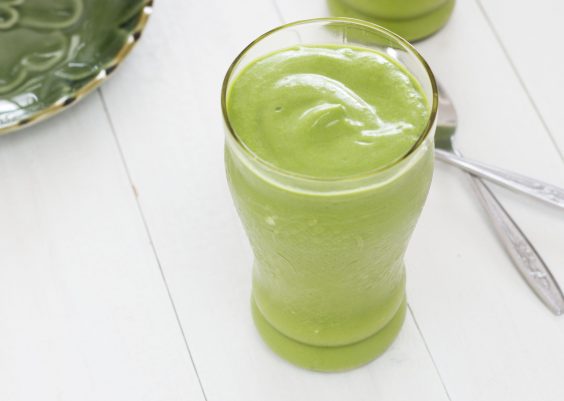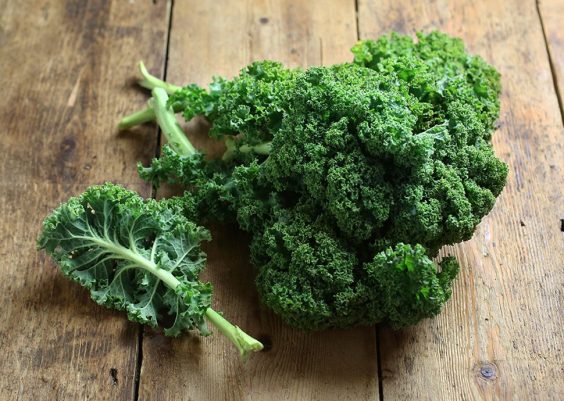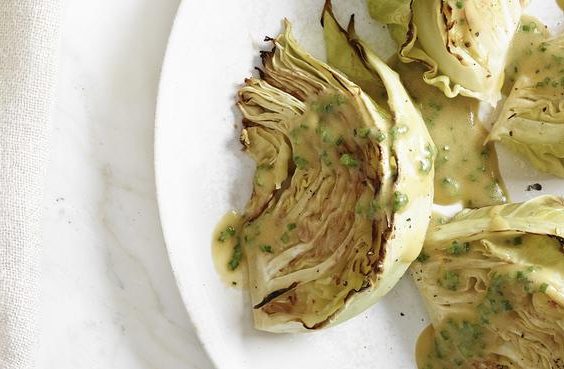Acai berries
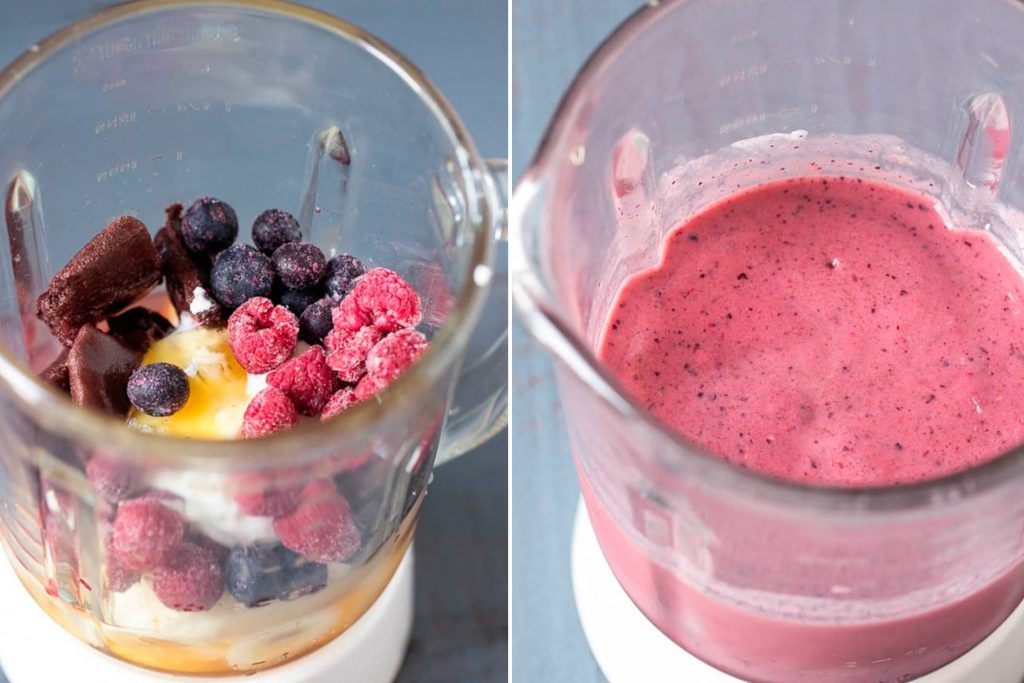
Acai berries have been gaining major traction for their high antioxidant content. It’s tough to find the fresh fruit in stores, but you can usually find powdered or frozen versions. Read the label before putting it in your cart though. “Acai is very bitter, so a lot of times they have sugar added,” says Alissa Rumsey, MS, RD, CDN, CSCS, spokesperson for the Academy of Nutrition and Dietetics. “You want to make sure it’s the pure form.” Hop on the spoon-fed smoothie trend with this Quick and Easy Acai Bowl from Dinner at the Zoo.
Greek yogurt
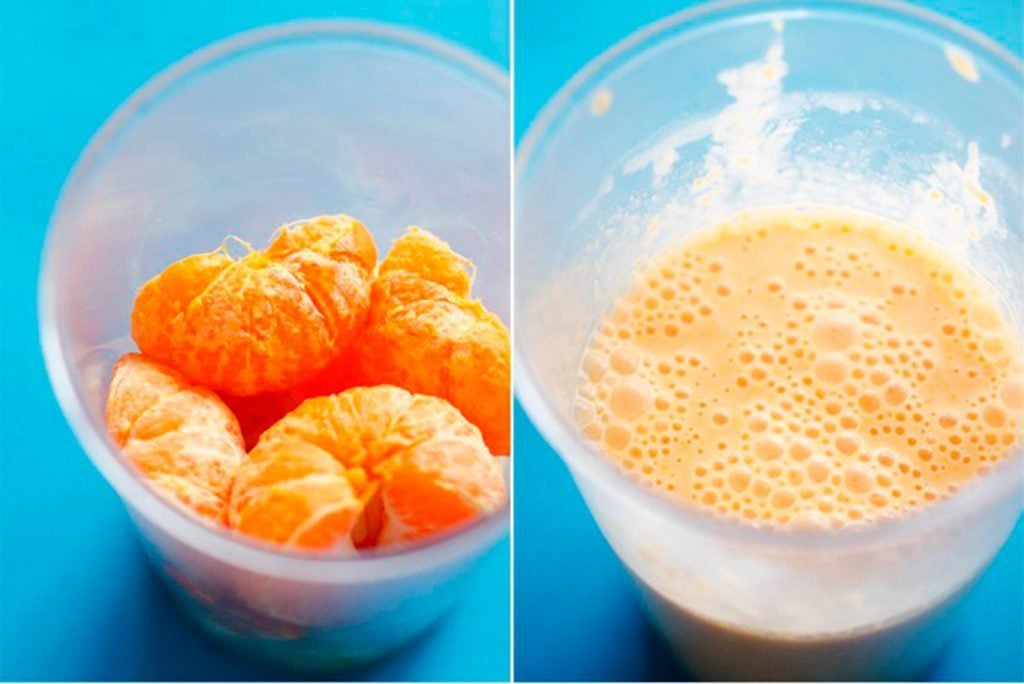
Upgrade your typical yogurt-based smoothie with Greek yogurt. Not only does it pack in a filling 15 grams of protein per six-ounce portion, but it also contains probiotics that promote a healthy gut. And its texture doesn’t hurt either. “It makes a great base for a lot of smoothies because its natural thickness from the straining process makes a nice creaminess,” says registered dietitian nutritionist and culinary specialist Sara Haas, RDN, LDN, spokesperson for the American Academy of Nutrition and Dietetics. She likes the mouth feel of a small portion of full-fat Greek yogurt, but recommends using nonfat or low-fat if you’re worried about your weight. Try this Healthy Orange Dreamsicle Smoothie from Live Eat Learn.
Avocado
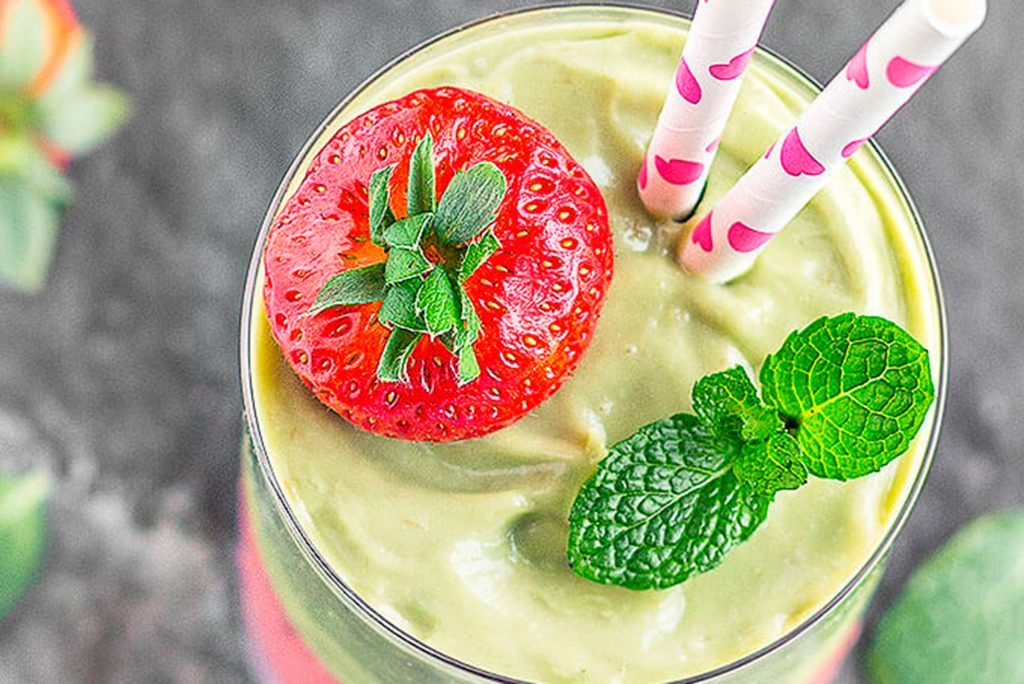
Craving an even creamier smoothie? Avocado is a surprising, vegan-friendly way to get the smooth texture. “It’s so mild in flavor that it’s only providing a nice mouth feel,” says Haas. You probably won’t notice the taste, but your body will be raking in health benefits. Avocados are chock-full of “good” unsaturated fats that raise good cholesterol and lower bad cholesterol to keep your heart healthy, says Haas. Start with this Avocado Strawberry Layered Smoothie from As Easy as Apple Pie.
Content continues below ad
Spinach
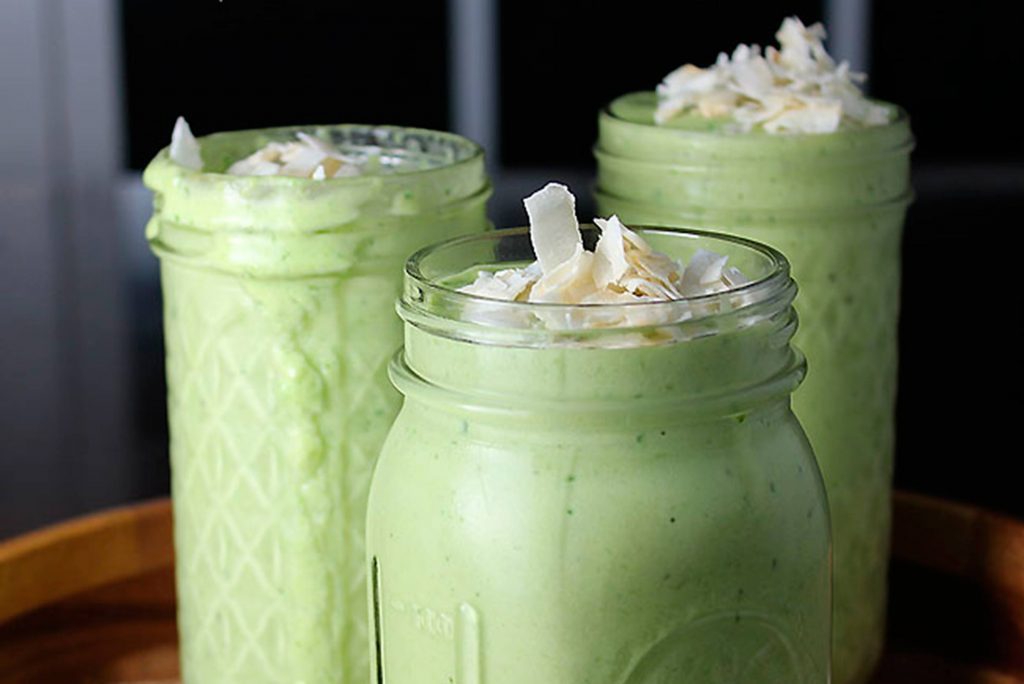
If you’ve avoided the green smoothie trend, it’s time to get on the bandwagon. Even the biggest green smoothie skeptics will be believers after adding the mild taste of spinach. “Adding spinach is a great way for folks who are having a hard time meeting their vegetable intake in a day,” says registered dietitian nutritionist Caroline Passerrello, MS, RDN, LDN, spokesperson for the American Academy of Nutrition and Dietetics. “A handful or two really doesn’t impact the taste very much. You just need to get past the color change.” And it’s worth it—spinach is a great source of vitamins A, C, and K. Beginners can start with this Healthy Green Piña Colada Smoothie from My Nourished Home.
Kale

Eating a diversity of produce promotes healthy gut bacteria, so mix up your usual spinach for lacinato kale. “It tends to be milder, and I would almost say less bitter, than the curly kale,” says Haas. Lacinato kale still packs in tons of vitamin A, a protective antioxidant that promotes healthy vision. Be sure to include a fat source, like low- or full-fat yogurt, or a nut butter to help your body absorb the vitamin and reap all the benefits, says Haas. Head to Kristine’s Kitchen for her recipe for Our Favorite Green Smoothie.
Beets
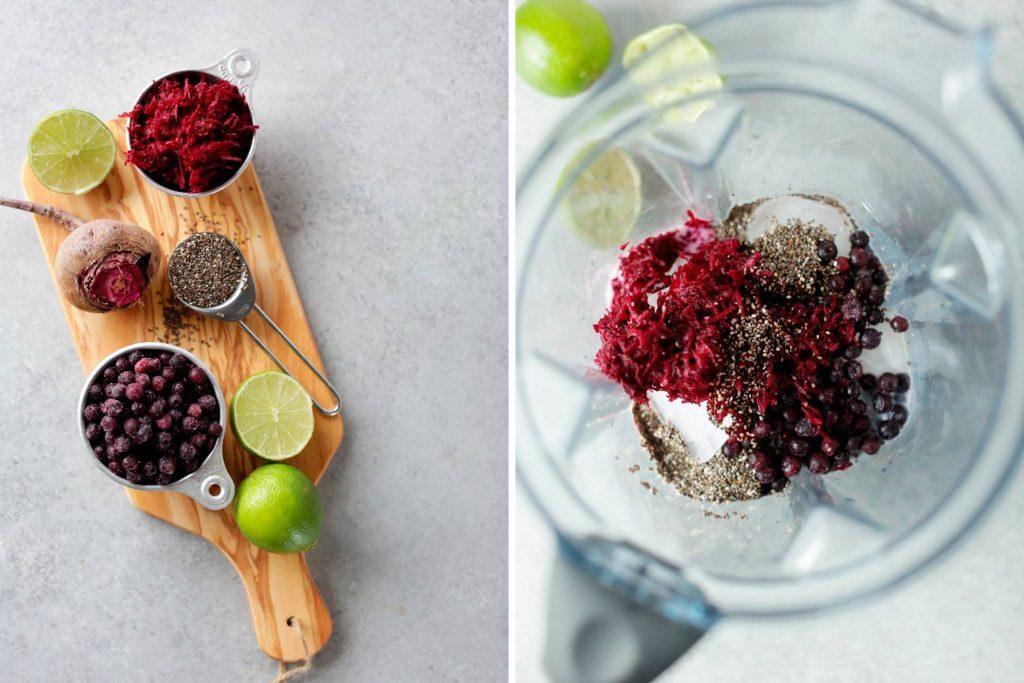
You can still pack a smoothie with veggies if the green from a kale or spinach smoothie scares you off. Beets are full of B-vitamins, potassium, and folate, and turns your drink a pretty shade of purple. Plus, the nitrates in beets turn to nitric oxide in the body, improving blood flow and boosting endurance during a workout, says Passerrello. Unlike leafy greens, though, don’t toss beets in with a heavy hand. “They’re starchy, so you want to watch how many you put in,” says Passerrello. “If you’re using beet juice, it could be a lot of extra calories.” Whip up Nutritional Foodie’s Beet the Cold Power Smoothie.
Content continues below ad
Quinoa flakes
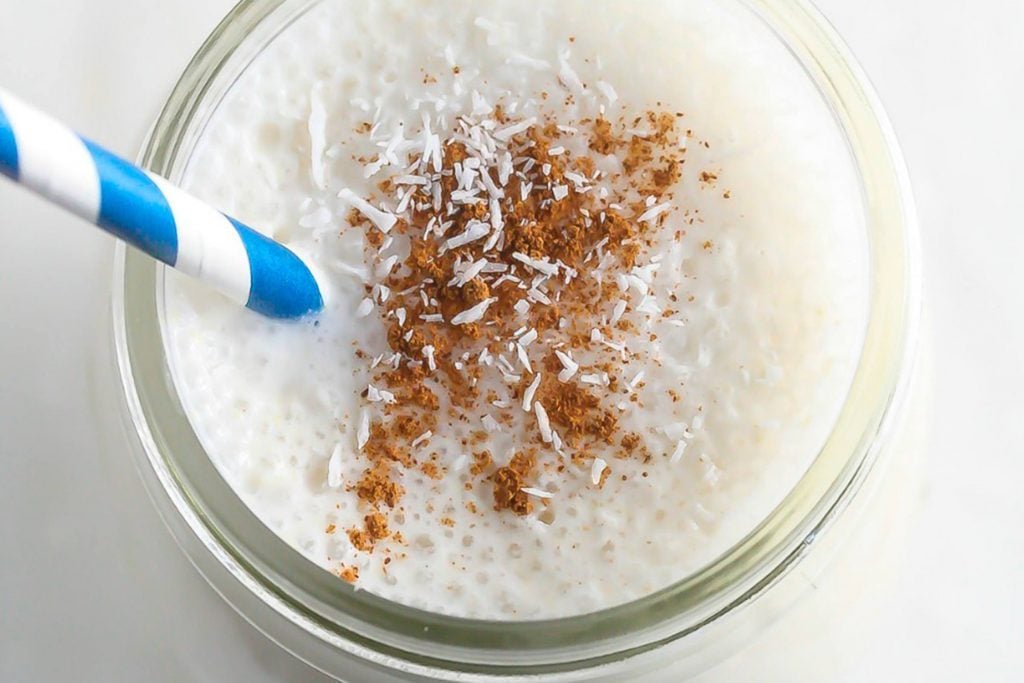
That’s right—quinoa can make an appearance even before your healthy lunch bowl. Like oatmeal, add fiber to your smoothie, plus even more protein per half-cup, says Passerrello. Just be sure to buy quinoa flakes, which have been pressed flat, instead of the crunchy raw seeds. The flakes will give your smoothie a thick texture. Give them a try with this Coconut Quinoa Smoothie from Lauren Kelly Nutrition.
Blueberries
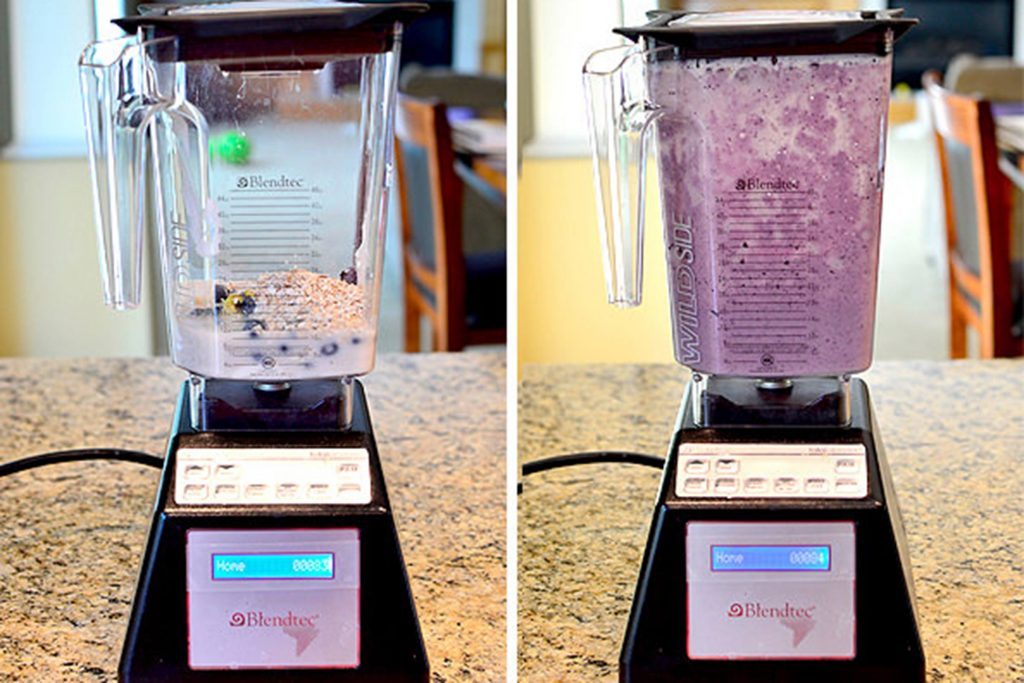
For a twist on your usual strawberry banana smoothie, add some blueberries into the mix. Blueberries are small but mighty when it comes to nutrients. “That bright blue color is from the antioxidants,” says Haas. The different antioxidants in blueberries can keep your immune system strong and guard against serious conditions like heart disease and cancer. Plus, the little fruits are a tasty way to up your fiber for the day. Give this Blueberry Muffin Smoothie from Iowa Girl Eats a try.
Goji berries
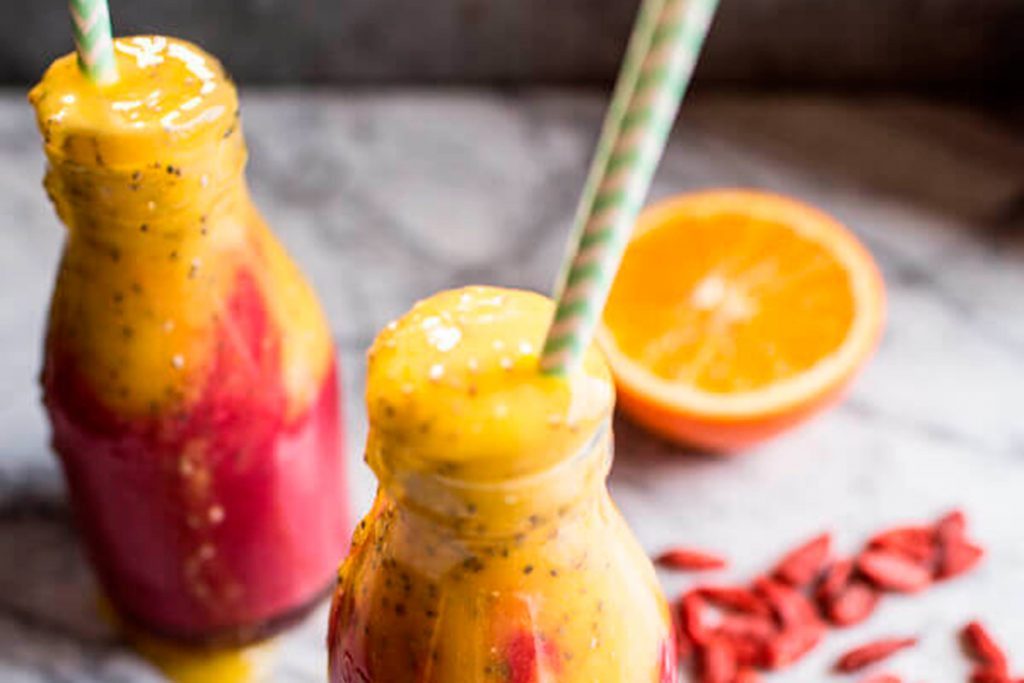
As if the pretty red color weren’t enough of a reason to add goji berries to your smoothie, they’re filled with the same antioxidants you’ll find in other berries. But goji berries have an added bonus: Three grams of protein per ounce. “Not all fruits have protein,” says Rumsey. Test them out with Half Baked Harvest’s recipe for Island Mango Goji Berry Sunrise Smoothie.
Content continues below ad
Strawberries
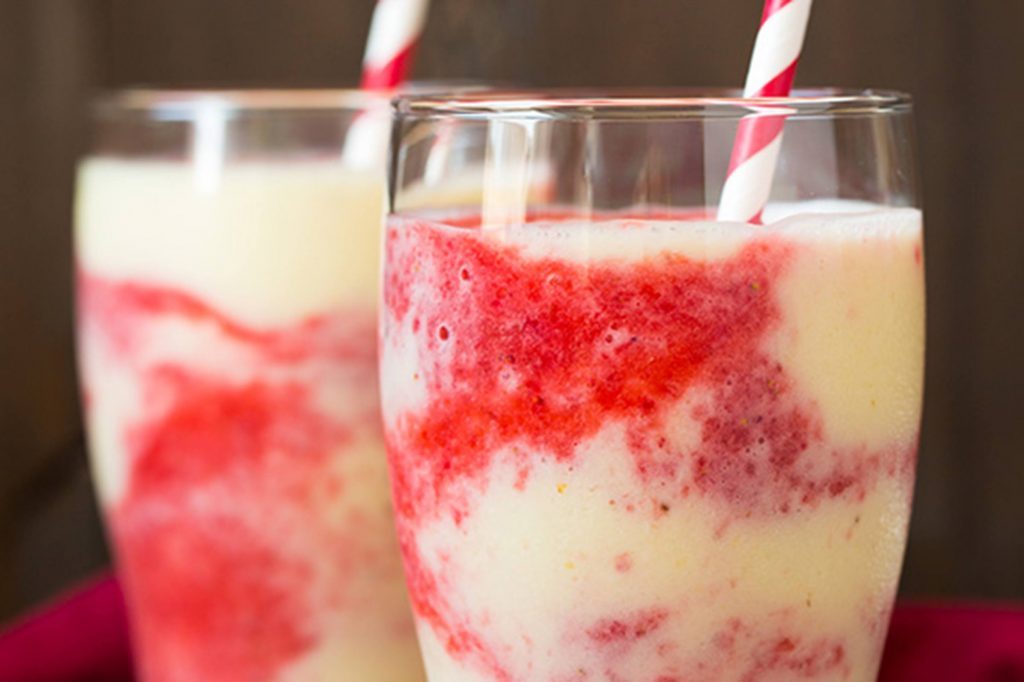
Strawberry banana smoothies are classic because of their crowd-pleasing taste, but those berries pack in quite the health punch too. Vitamin C and other antioxidants will keep your body’s disease-fighting system strong. They’re also a great source of fiber, but don’t have as much sugar as other fruits, so you get more bang for your buck, says Rumsey. “Ripe, fresh strawberries taste naturally sweet, so they’re a good way to sweeten a smoothie without adding sugar or fruit-flavored yogurt with sugar,” she says. This Strawberry Colada Smoothie from Cooking Classy is a fun twist on your typical strawberry drink.
Nuts
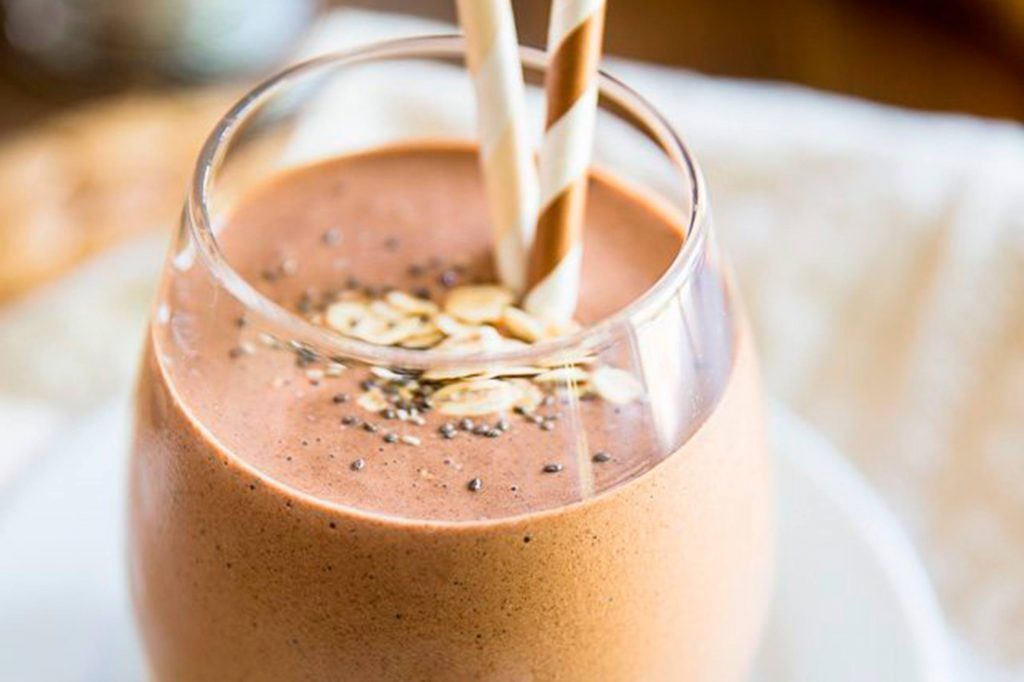
Whether you prefer almonds or peanuts, adding any nut butter to a smoothie will give you a protein punch, along with healthy fats and fiber. If you’re looking to cut calories though, consider adding a couple scoops of powdered peanut butter. The dehydrated version has about 45 calories in two tablespoons, compared to the 200 in the creamy stuff. “All the moisture is gone and most of the oil is gone, and all you have left is the protein,” says Passerrello. Use your powdered peanut butter in this Peanut Butter Chocolate Protein Shake from The Healthy Foodie. Don’t miss these other vegetarian protein sources.
Chia seeds
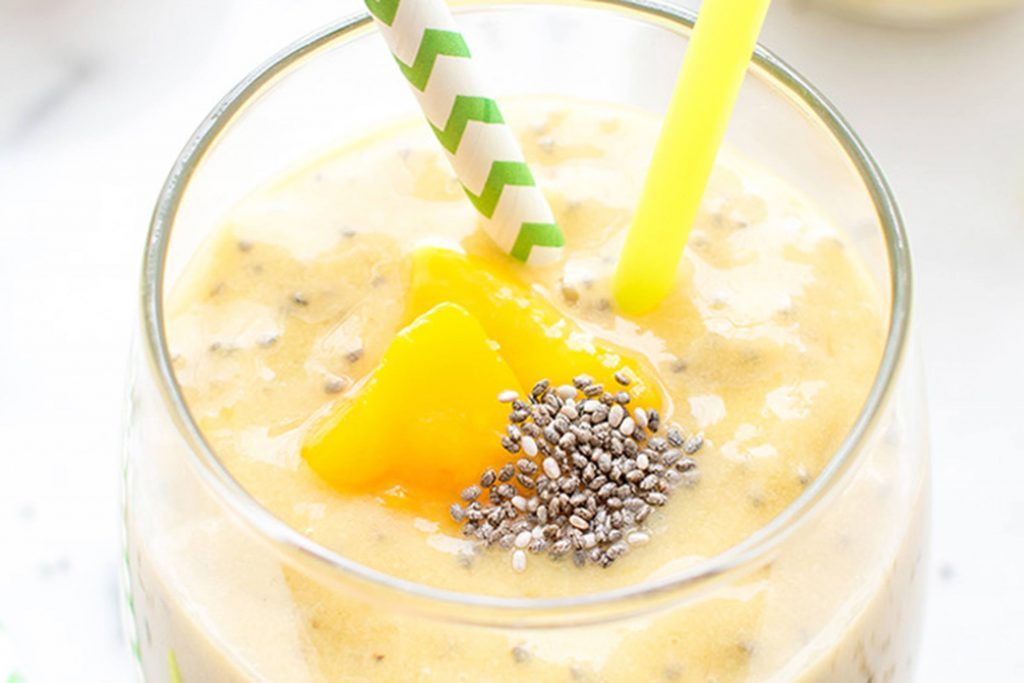
For an interesting twist, throw in some chia seeds. “They add a nice texture to keep your smoothie interesting,” says Haas. “It adds a pop.” Chia seeds contain unsaturated fats, along with heart-healthy omega-3 fatty acids, which can be tough to find outside fish sources. Pair those fats with 10.6 grams of fiber per ounce of chia seeds, and you’ve got a smoothie that will keep you full for hours. Start with this Mango Chia Seed Smoothie recipe from Beaming Baker.
Content continues below ad
Pumpkin
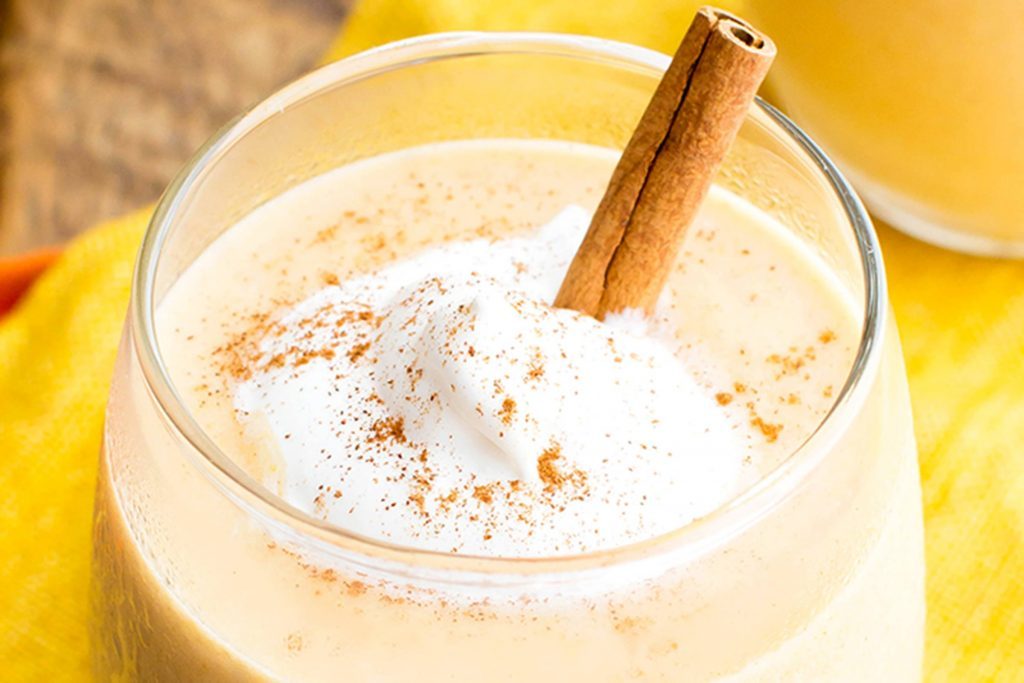
Skip the sugary latte and whip up a healthy pumpkin spice smoothie you can feel good about. Pumpkin puree isn’t just smooth and delicious—it also pumps up your drink with vitamin A to boost your immune system and vision. You could roast and puree a whole squash, but cutting corners with canned pumpkin is just as nutritious—as long as you’re careful. “Some people think they should buy canned pumpkin pie filling, but that has the sugar in it,” says Haas. “Buy the one that’s just pureed pumpkin.” Check out these other common healthy breakfast mistakes, then visit Beaming Baker for the recipe for a Vegan Pumpkin Pie Smoothie.


